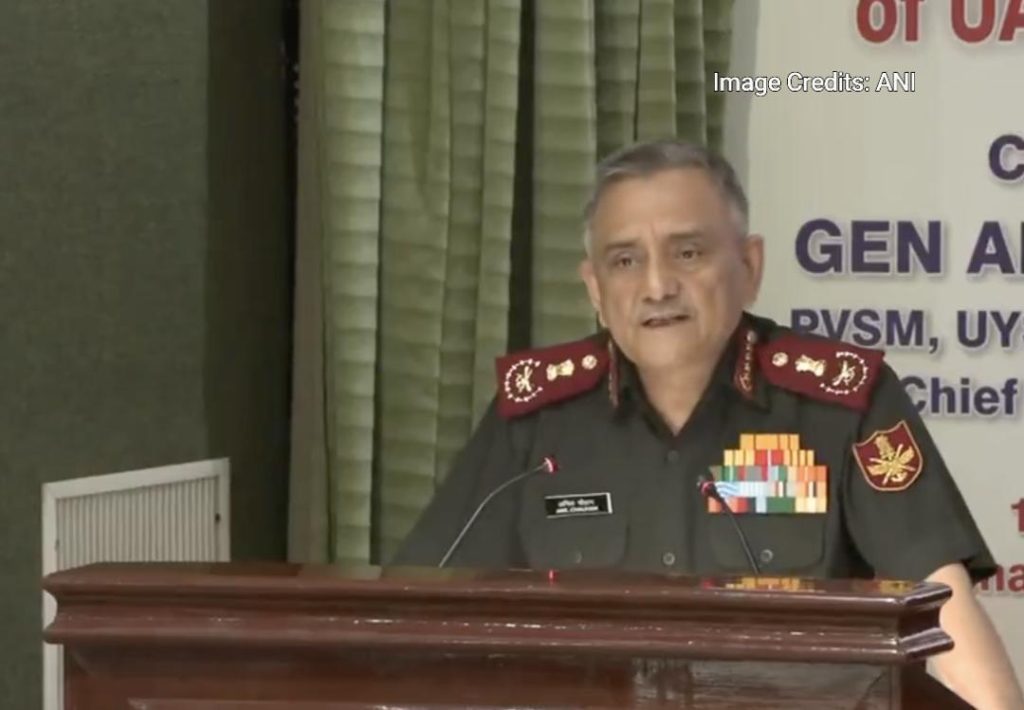
Pak used unarmed drones & loitering munitions: CDS Anil Chauhan
The recent conflict between India and Pakistan has been a topic of great concern for the entire world. The tensions between the two nations have been escalating for quite some time now, and the recent clashes have only added to the anxiety. In a recent press conference, Chief of Defence Staff (CDS) General Anil Chauhan shed some light on the conflict, revealing that Pakistan used unarmed drones and loitering munitions during the conflict in May.
According to General Chauhan, none of the drones or loitering munitions used by Pakistan inflicted any damage to the Indian military or civil infrastructure. He added that most of them were neutralised through kinetic and non-kinetic means. “Some of them were even recovered in almost intact conditions,” he said.
The use of unmanned aerial vehicles (UAVs) or drones has become increasingly common in modern warfare. These machines are capable of gathering intelligence, conducting reconnaissance, and even carrying out attacks. However, in the case of the recent conflict between India and Pakistan, the drones used by Pakistan were unarmed, which suggests that they were primarily being used for surveillance purposes.
Loitering munitions, on the other hand, are a type of weapon that is designed to hover in the air for an extended period before attacking a target. They are often used in precision strikes, and are capable of carrying a variety of payloads, including explosives, missiles, and even laser-guided weapons.
The fact that Pakistan used these types of weapons during the conflict is not surprising, given the country’s history of using unconventional methods in its conflicts with India. However, the fact that they were unarmed and were neutralised by the Indian military without causing any significant damage is a testament to the country’s military prowess.
General Chauhan’s comments also suggest that the Indian military was well-prepared to deal with the threat posed by the Pakistani drones and loitering munitions. The use of kinetic and non-kinetic means to neutralise the threat suggests that the Indian military was able to adapt to the situation and respond effectively.
The conflict between India and Pakistan has been ongoing for several years, and shows no signs of abating. The two countries have a long history of conflict, and the recent clashes are just the latest in a long series of skirmishes. However, the use of unarmed drones and loitering munitions by Pakistan during the conflict is a new development, and one that suggests that the country is willing to try new methods to gain an advantage.
The implications of this development are far-reaching. The use of unmanned aerial vehicles (UAVs) and loitering munitions is a game-changer in modern warfare, and could potentially change the way conflicts are fought in the future. The fact that Pakistan was willing to use these types of weapons during the conflict suggests that the country is willing to adapt to new technologies and tactics in order to gain an advantage.
In conclusion, the recent conflict between India and Pakistan has been marked by the use of unarmed drones and loitering munitions by Pakistan. According to General Anil Chauhan, none of these weapons inflicted any damage to the Indian military or civil infrastructure, and most were neutralised through kinetic and non-kinetic means. The implications of this development are far-reaching, and suggest that the conflict between India and Pakistan is likely to continue for some time to come.






